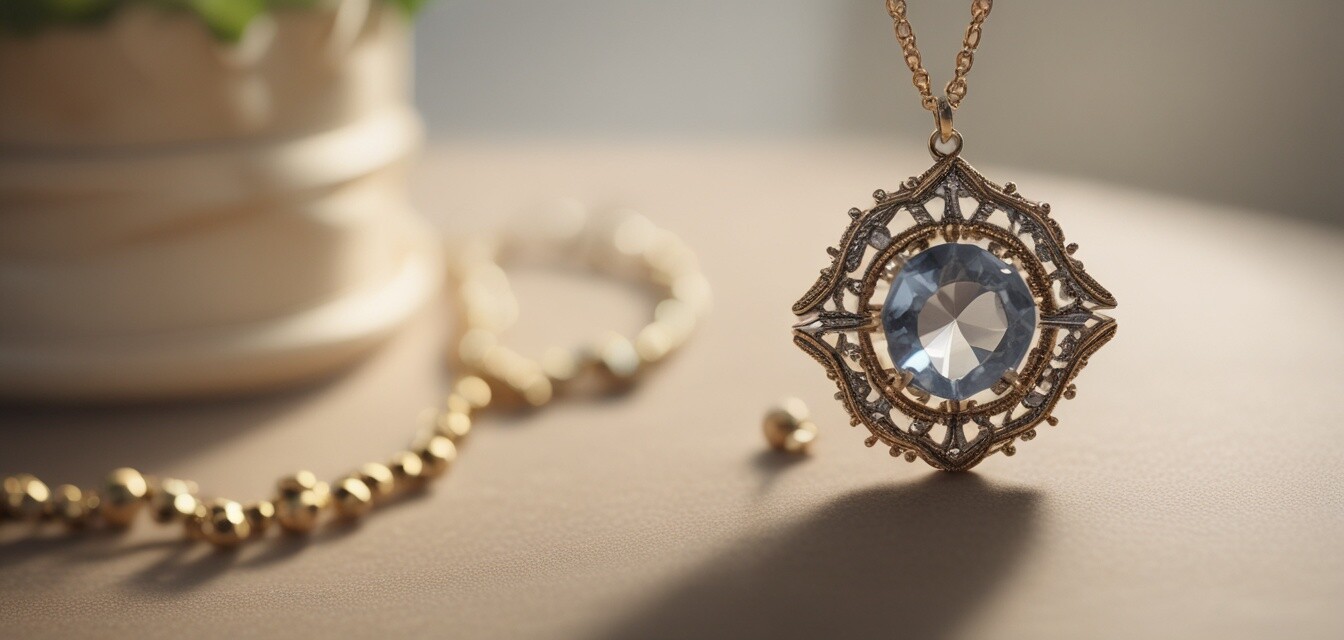
The Impact of Environmental Issues on Jewelry Design
Key Takeaways
- Environmental sustainability is increasingly influencing jewelry design.
- Innovative practices aim to reduce the ecological footprint of jewelry production.
- Recycled materials and ethically sourced gemstones are becoming popular choices.
- Understanding consumer demand for sustainable options is crucial for the industry.
The jewelry industry is evolving, not only in terms of designs and styles but also in the approach to environmental sustainability. Today, consumers are more aware of the environmental implications of their purchases, prompting designers to rethink their methods and materials.
How Environmental Issues Are Emerging in Jewelry Design
Environmental challenges such as climate change, resource depletion, and the quest for sustainable materials are driving innovative practices among jewelers. This shift is not merely a trend, but a necessary evolution:
- Resource Management: Jewelers are increasingly sourcing materials responsibly to minimize ecological harm.
- Waste Reduction: Techniques that recycle and repurpose jewelry remnants are gaining popularity.
- Ethical Sourcing: There is a rising demand for ethically obtained gemstones that ensure fair labor practices.
Innovative Eco-Friendly Practices in the Jewelry Industry
Innovation is at the forefront of this movement, with several practices emerging that prioritize the planet:
| Practice | Description |
|---|---|
| Recycled Materials | Using metals and stones reclaimed from old jewelry and industrial leftovers to create new pieces. |
| Lab-Grown Gemstones | Creating diamonds and gemstones in controlled environments, which reduces environmental impact. |
| Sustainable Packaging | Employing biodegradable or reusable packaging to minimize waste. |
| Local Sourcing | Choosing to source materials from local artisans and suppliers to reduce transportation emissions. |
The Consumer Demand for Sustainable Jewelry
As consumers become more environmentally conscious, their purchasing decisions increasingly reflect their values. Sustainably designed jewelry not only appeals aesthetically but is also seen as a responsible choice. Here’s how:
Pros
- Supports environmental conservation efforts.
- Encourages responsible sourcing and fair labor practices.
- Enhances brand reputation among environmentally-aware consumers.
Cons
- Potentially higher production costs for sustainable materials.
- Limited availability of ethically sourced gemstones.
Trends to Watch in Eco-Friendly Jewelry Design
The following trends are shaping the future of eco-friendly jewelry design:
- Transparency in Production: Brands are increasingly transparent about their supply chains and practices.
- Minimalist Designs: The move towards minimalism encourages simple yet elegant designs that use fewer materials.
- Custom Jewelry: Bespoke creations are gaining traction, allowing consumers to influence design direction while ensuring the use of sustainable practices.
Adapting to Changes in Consumer Behavior
Jewelry brands must adapt to the changing consumer landscape by understanding customer preferences. Here is how they can align with sustainability:
- Engaging in educational marketing about the importance of sustainable practices.
- Incorporating customer feedback and suggestions into design processes.
- Forming partnerships with organizations advocating for environmental conservation.
Conclusion
As the jewelry industry continues to embrace environmental sustainability, it opens new avenues for creativity and innovation. Designers are challenged to rethink material choices and production methods, leading to a more eco-conscious market. Understanding these trends not only caters to ethical consumerism but also positions brands favorably within an evolving marketplace. Keep an eye on these changes, as the future of jewelry design is intrinsically tied to our responsibility toward the planet.
For additional insights, check out our Buying Guides for tips on selecting sustainable jewelry options or explore our News and Trends for the latest industry updates.
To further enhance your knowledge about diamonds, visit our Engagement Rings section for inspiring designs that combine beauty with sustainability.